- Home
- Fleet Vehicle Maintenance
- Vehicle Tools
.....Read More

Drivetrain Tools
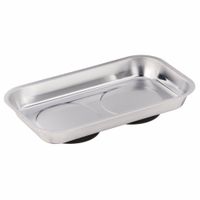
General Fleet Shop Tools

Steering & Suspension Tools
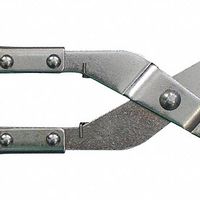
Transmission & Clutch Tools
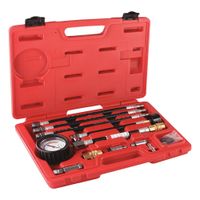
Vehicle Diagnostic Tools
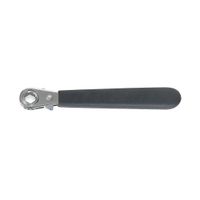
Vehicle Electrical & Lighting Tools
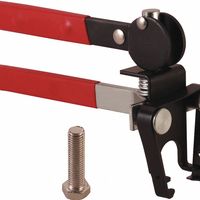
Vehicle Engine Tools

Vehicle Exhaust Tools

Vehicle Fuel & Air Tools
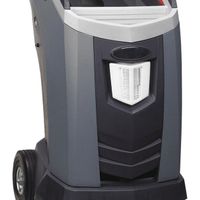
Vehicle Heating & Cooling Tools

Vehicle Lubricant Tools

Vehicle Windshield Tools

Wheel & Brake Tools
Frequently Asked Questions
What are the essential vehicle tools for fleet maintenance?
How do diagnostic tools improve vehicle repair efficiency?
What are drivetrain tools and their functions?
How do electrical and lighting tools assist in vehicle maintenance?
What engine tools are necessary for routine vehicle maintenance?
How do exhaust tools contribute to vehicle performance?
What role do fuel and air tools play in vehicle maintenance?
How do heating and cooling tools support vehicle system repairs?
What are the benefits of using lubricant tools in vehicle maintenance?
How do wheel and brake tools ensure vehicle safety and performance?